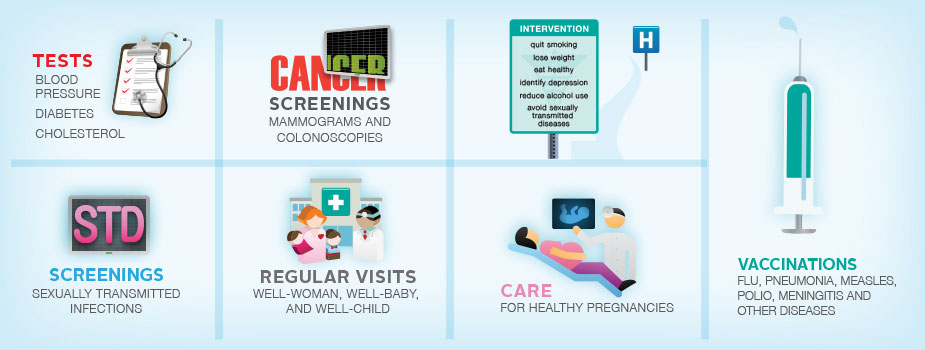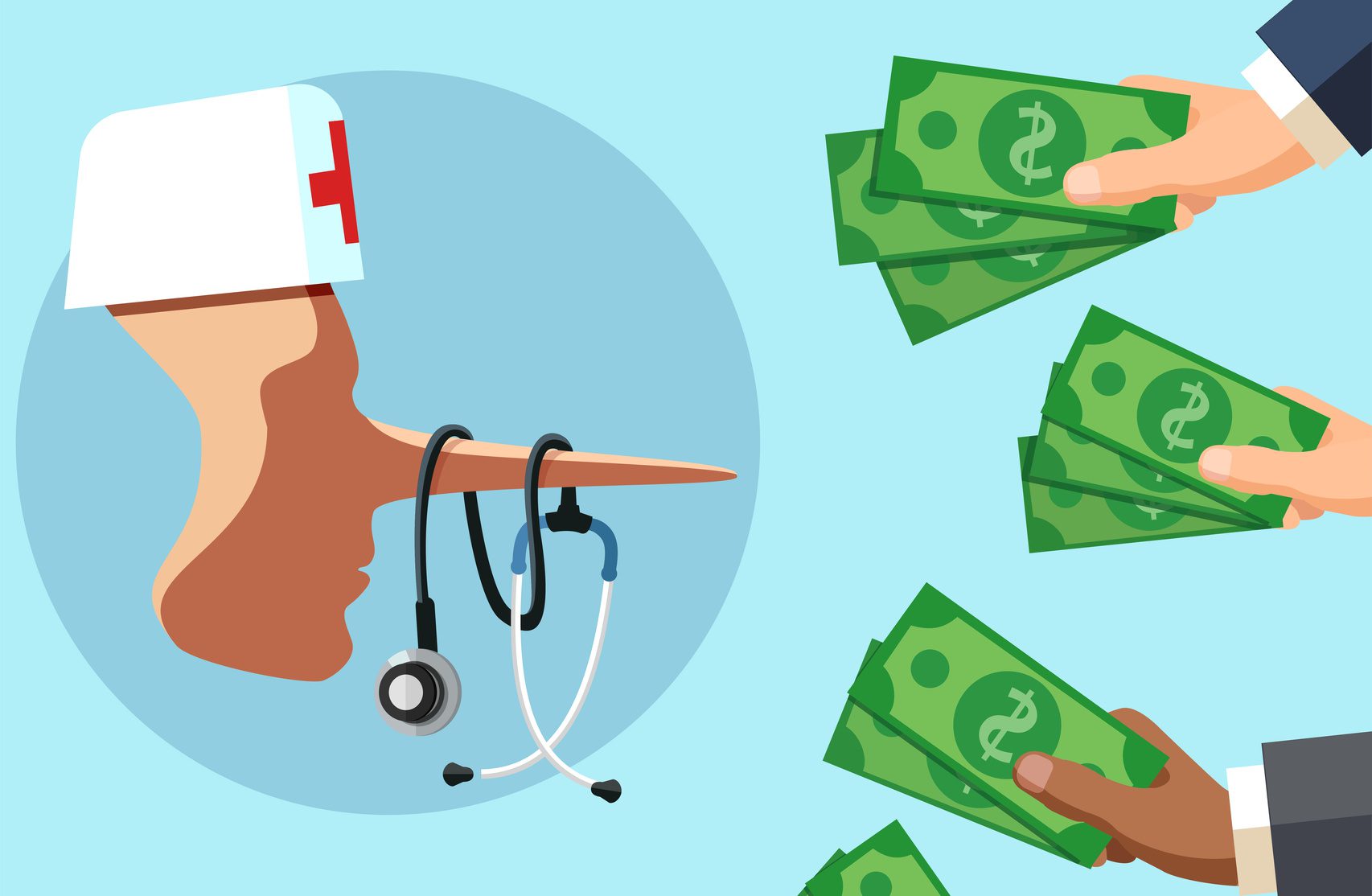Their healthcare benefits include health center care, primary care, prescription drugs, and standard Chinese medicine. However not whatever is covered, including costly treatments for uncommon diseases. Clients need to make copays when they see a physician, visit the ED, or fill a prescription, however the expense is normally less than about $12, and varies based upon patient income.
Still, it might spread out doctors too thin, Vox reports: In Taiwan, the typical number of doctor check outs per year is currently 12.1, which is nearly two times the variety of check outs in other established economies. In addition, there are only about 1.7 physicians for every single 1,000 patientsbelow the average of 3.3 in other developed nations.
As an outcome, Taiwanese physicians typically work about 10 more hours weekly than U.S. physicians. Doctor payment can also be a problem, Scott reports. One doctor said the demanding nature of his pediatric practice led him to practice cosmetic medicinewhich is more lucrative and paid privately by patientson the side, Vox reports.

For example, clients note they experience delays in accessing new medical treatments under the nation's health system. Often, Taiwanese Substance Abuse Facility patients wait 5 years longer than U.S. patients to access the current treatments. Taiwan's rating on the HAQ Index shows the significant improvement in health results amongst Taiwanese homeowners because the single-payer design's implementation.
However while Taiwanese residents are living longer, the system's impact on physicians and growing expenses provides difficulties and raises concerns about the system's financial substantiality, Scott reports. The U.K. health system supplies health care through single-payer model that is both funded and run by the federal government. The result, as Vox's Ezra Klein reports, is a system in which "rationing isn't a filthy word." The U.K.'s system is funded through taxes and administered through the (NHS), which was established in 1948.
created the (GOOD) to determine the cost-effectiveness of treatments NHS thinks about covering. GREAT makes its protection decisions utilizing a metric called the QALY, which is brief for quality-adjusted life years. Typically, treatments with Browse around this site a QALY below $26,000 each year will receive NICE's approval for protection - why is health care so expensive. The choice is less particular for treatments where a QALY is in between $26,000 and $40,000, and drugs with a QALY above $40,000 are unlikely to get approval, according to Klein.
NICE has faced specific criticism over its approval process for brand-new costly cancer drugs, resulting in the facility of a public fund to help cover the cost of these drugs. U.K. citizens covered by NHS do not pay premiums and rather add to the health system via taxes. Patients can acquire additional private insurance coverage, however they hardly ever do so: Just about 10% of homeowners purchase personal coverage, Klein reports.
Getting The How Can I Get Free Health Care To Work
residents are less likely to avoid needed care because of costswith 33% of U.S. residents reporting they've done so, while only 7% of U.K. citizens stated they did the same. However that's not state U.K. residents don't face hardships getting a physician's visit. U.K. residents are 3 times as most likely as Americans to say that had to wait over 3 months for an expert appointment.
regarding NICE's handling of certain cancer drugs. According to Klein, "backlash to NICE's rejections [of the cancer drugs] and slow-moving procedure" resulted in the production of a different public fund to cover cancer drugs that NICE hasn't authorized or assessed. The U.K. scores 90.5 on HAQ index, higher than the United States but lower than Australia.
system is "underfunded," research has shown that citizens mainly support the system." [NICE] has actually made the UK system distinctively centralized, transparent, and equitable," Klein composes. "But it is constructed on a faith in federal government, and a political and social solidarity, that is tough to imagine in the US."( Scott, Vox, 1/15; Scott, Vox, 1/17; Scott, Vox, 1/13; Scott, Vox, 1/29; Klein, Vox, 1/28; The Lancet, accessed 2/13).
Naresh Tinani likes his task as a perfusionist at a healthcare facility in Saskatchewan's capital. To him, keeping an eye on patient blood levels, heart beat and body temperature throughout cardiac surgical treatments and extensive care is a "privilege" "the ultimate interaction in between human physiology and the mechanics of engineering." However Tinani has actually also been on the other side of the system, like when his now-15-year-old twin children were born 10 weeks early and battled infection on life support, or as his 78-year-old mother waits months for new knees in the middle of the coronavirus pandemic.
He's proud due to the fact that during times of real emergency, he stated the system looked after his household without including expense and cost to his list of concerns. And on that point, couple of Americans can state the exact same. Before the coronavirus pandemic hit the U.S. complete speed, less than half of Americans 42 percent considered their health care system to be above average, according to a PBS NewsHour/Marist poll carried out in late July.
Compared to individuals in most established nations, consisting of Canada, Americans have for years paid far more for healthcare while remaining sicker and passing away faster. In the United States, unlike many nations in the industrialized world, medical insurance is often tied to whether or not you have a job. More than 160 million Americans depend on their companies for medical insurance before COVID-19, while another 30 million Americans were without medical insurance before the pandemic.
Numbers are still shaking out, however one projection from the Urban Institute and the Robert Wood Johnson Structure suggested as many as 25 million more Americans became uninsured in recent months. That study suggested that countless Americans will fail the cracks and might stop working to enlist for Medicaid, the country's safety net healthcare program, which covered 75 million individuals before the pandemic.

The How Much Would Free Health Care Cost Statements
Evaluate how much you understand with this test. When individuals debate how to repair the broken U.S. system (a particularly typical conversation throughout presidential election years), Canada usually shows up both as an example the U.S. must admire and as one it must prevent. During the 2020 Democratic primary season, Sen.
healthcare system, pitching his own variation called "Medicare for All." Sanders dropping out of the race in April fueled speculation that Biden may adopt a more progressive platform, consisting of on healthcare, to charm Sanders' diehard advocates. Every healthcare system has its strengths and weak points, including Canada's. Here's how that nation's system works, why it's admired (and in some cases disparaged) by some in the U.S., and why outcomes Click for more info in the two countries have been so various throughout the COVID-19 pandemic.
In 1944, voters in the rural province of Saskatchewan, hard-hit throughout the Great Depression, elected a democratic socialist federal government after politicians had campaigned for a fundamental right to healthcare. At the time, individuals felt "that the system simply wasn't working" and they wanted to attempt something different, said Greg Marchildon, a health care historian who teaches health policy and systems at the University of Toronto.
The modification was consulted with pushback. On July 1, 1962, doctors staged a 23-day strike in the provincial capital of Regina to protest universal health protection. But ultimately, the program "had ended up being popular enough that it would become too politically harming to take it away," Marchildon said. Other provinces took notice.